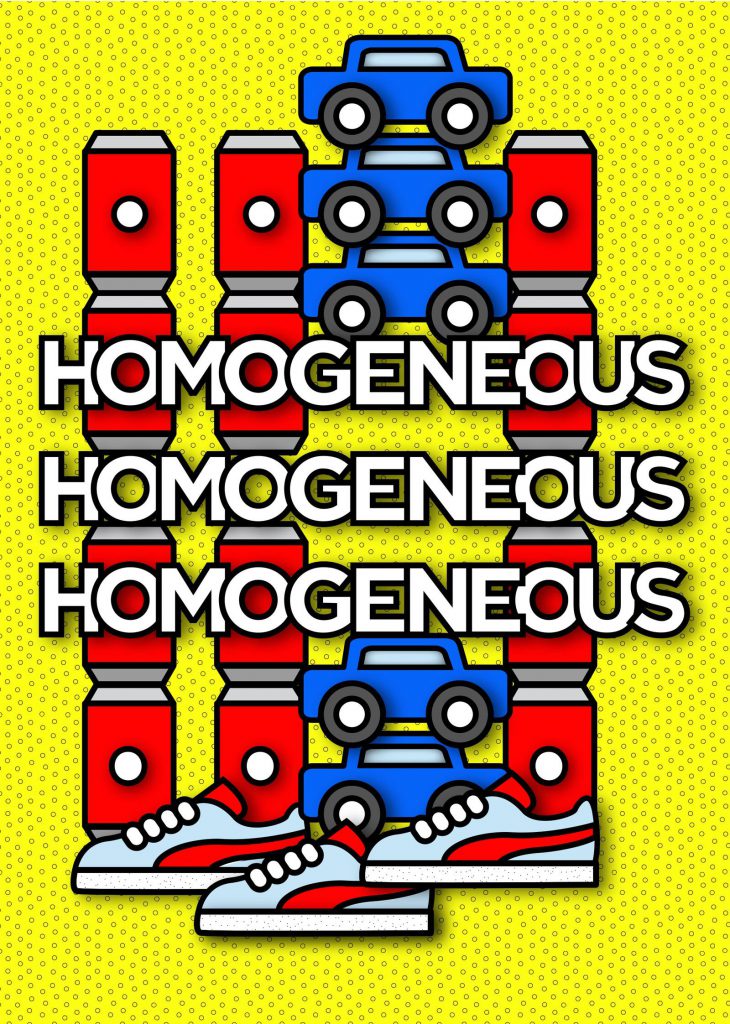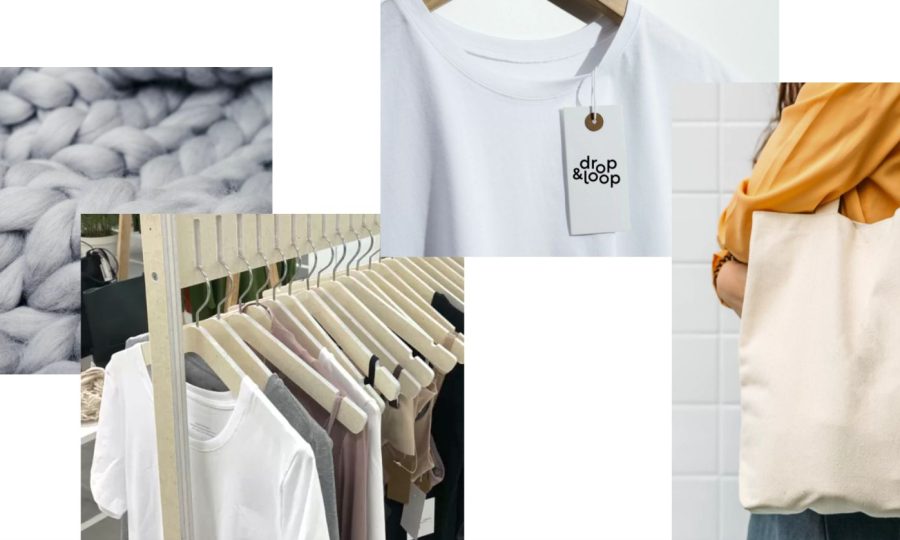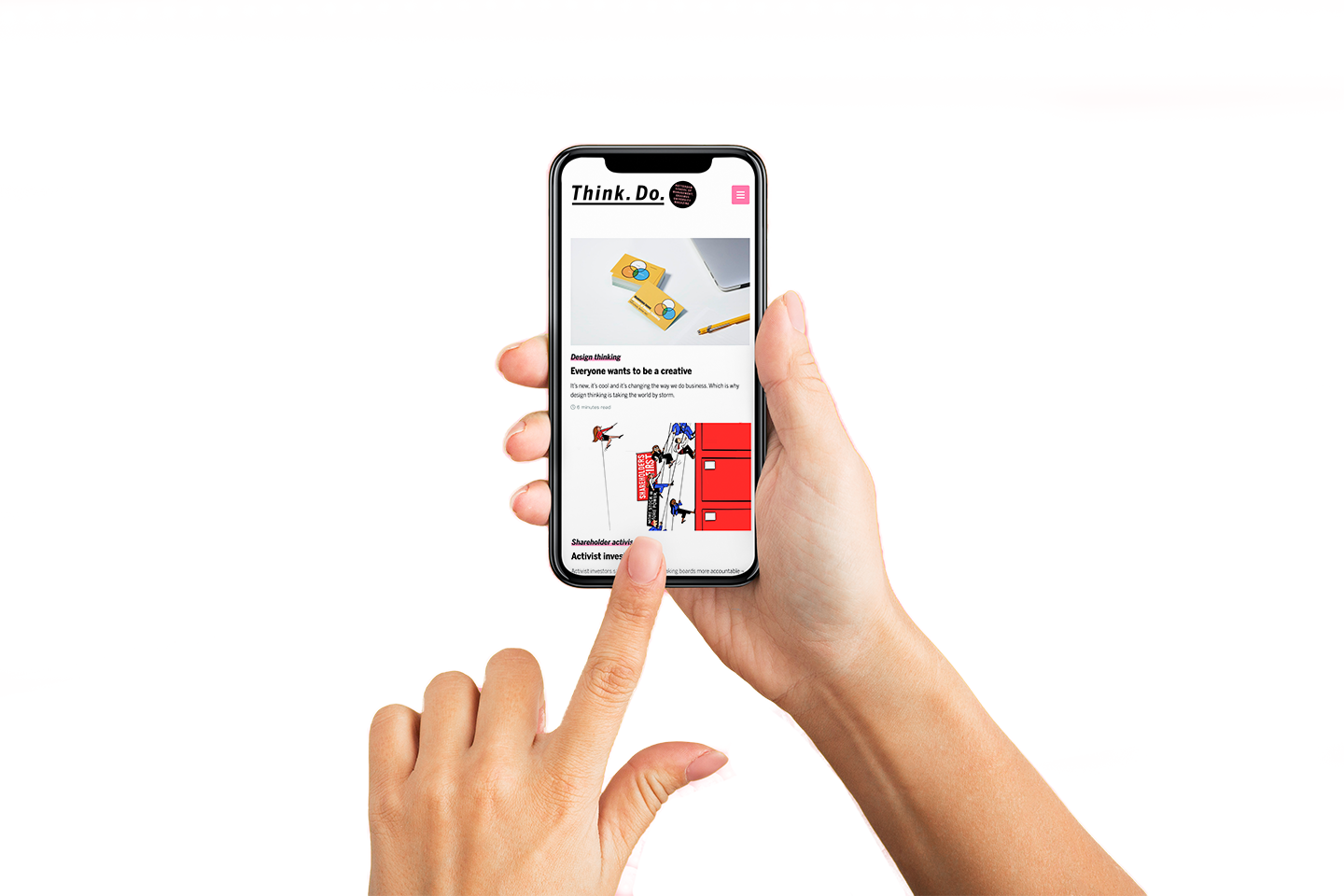Extraordinary and distinctive
It might be 80 years old, but the USP – the idea that every business or product must offer distinctiveness – is still as unique, and useful, as ever. But how distinctive do you really need to be in order to get ahead? Research from Richard Haans and Maciej Szymanowski gives new insights.

It’s a moment that every serial founder will recognise. Your new product is ready. It’s been through multiple pivots and extensive testing. It has a snappy name, and the web address is plastered all over advertising hoardings. It’s ready to take the world by storm. The only problem is… consumers don’t seem to understand what it’s for.
For more than 80 years, we have relied on the USP – the unique selling point – as a means to distil marketing messages. But today, just how distinctive is good? And is there a sweet spot – ‘optimal distinctiveness’ – where consumers find it easy to understand the product, but also see your unique advantages?
The USP may have been with us since the 1940s but it was Michael Porter’s hugely influential 1980 book, Competitive Advantage, that brought it into public discourse. “In strategic management,” says Dr Richard Haans, of RSM’S Department of Strategic Management and Entrepreneurship, “a lot of thinking goes back to Porter’s ideas that a firm can only outperform rivals if it can establish a competitive difference that can be preserved – performing different activities from rivals, or performing similar activities in different ways.”
But the notion “is often understood in overly simplistic terms,” cautions Dr Maciej Szymanowski, Associate Professor of Marketing. “If you have a solution in your product that no-one else uses, that’s not a USP, that’s just a different solution – it has no connection to value.” Conversely, he says, “you may not have unique technology, but if your branding is unique, consumers will perceive you as unique”.
The USP is ultimately about the identification and communication of value. And that, Szymanowski says, exists on multiple levels. “Value can lie in function, but it can also be abstract – the emotional and the symbolic. And we talk increasingly about societal benefit being green. So, a good USP should connect on different levels.”
Nonetheless, staking your corporate offer to clients and consumers on difference is a bold – and risky – strategy. “When you have a clear unique selling point, then you are essentially saying that the market is doing something wrong, and that you are right,” says Pieter van Herpen (IM/CEMS, 2007), founder of Syndy.com. “So, clients first need to trust you and believe in your vision.”

Van Herpen knows a thing or two about unique products. Syndy.com, whose clients include Amazon and Unilever, acts as a middleman between brands and retailers, ensuring that retailers can easily source the right product data from brands, which they need to sell online. It’s a great solution,but building trust in a truly distinctive proposition takes time and effort, as van Herpen recalls. “You can expect a rocky start if you are doing something new – but that’s part of the game,” he says. “If we’d simply been doing what the market was already doing, the start would have been easier. However, if you’re not distinctive, the question becomes whether you can secure funding from venture capital and investors, because they’re looking to invest in high-potential products.”
No surprise, then, that researchers have long sought to identify a sweet spot of ‘optimal distinctiveness’, as Haans explains. “The most common line of reasoning is that you should strike a balance. If you are too similar, you’ll be competing for the same customers and working with the same resources as lots of other firms, which will crowd you out. On the other hand, if you are too different, customers and stakeholders will simply not understand what you’re doing and will discard your offering.”
But Haans’s research, focused on the creative industries in the Netherlands, found no support for the idea that one should strive to be moderately distinct from peers. Instead, he found that “in industries where the market is very clearly defined around a prototypical way of doing things, it pays either to adhere to these norms and imitate, or to really differentiate yourself and break from the pack. Those that were just moderately different underperformed compared to these alternative strategies.”
While Haans found that the clear differentiation strategy “pays particularly well” in the creative sector, there is one category of goods for which similarity is the route to success. Szymanowski has studied ‘private label’ consumer goods – that is, brands owned by retailers. Familiar examples include Aldi supermarket and Canada’s President’s Choice store brands, as well as Amazon’s multiple own-brand products. What Szymanowski calls the “behind-the-scenes industry” of private-label accounts for more than 20 per cent of packaged goods sold globally.

For private labels, the benefits cluster around similarity to their national brand competitors. “Consumers want to simplify their decision-making,” Szymanowski explains. They use heuristics – that is, mental short-cuts – in their purchasing decisions, and established branded goods have trusted emotional connections, thanks to advertising.
“So, when private-label goods use similar packaging to national brands, this can trigger that heuristic in consumers,” says Szymanowski. And compared to its national brand competitor, which must plough money into advertising and marketing, the private-label product sits at a lower, more favourable price point.
The most basic pitch of the private-label good – a cheaper price for the same product – is less straightforward at the premium tier. Nonetheless, even these choosier customers are lured by pricing at times of economic uncertainty. “Every time we see a crisis, there’s a shift toward private labels,” says Szymanowski, “and I’m hearing reports that this is happening again now.”
So, for FMCGs, similarity works. For most other industries, Haans found that differentiation was the strategy that leads to success – but there was one more intriguing exception. Differentiation reaps rewards in homogeneous sectors, where firms tend to look a lot like each other, and in averagely varied industries such as film production or software development. But in highly individuated industries, such as the visual arts or industrial design, distinctiveness is itself the norm – in a world where ‘being a creative’ is everyone’s defining characteristic, you don’t stand out by simply ‘being creative’. So, here a strategy of differentiation isn’t enough.
How are executives and entrepreneurs to apply these new insights? For Szymanowski, branding is a key part of the puzzle. “National brands have traditionally used advertising to create emotional, symbolic and societal value for their brand. But another way of using brands is to simplify decision-making for consumers. Take Apple, for example. Apple is consistent: the iPad, iPhone, iBook. It’s simplifying consumer choice.”
And if helping your customer is essential, so is understanding your competitor, says Haans. “The question of distinctiveness inherently revolves around what competitors are doing. The question then becomes how you are doing something different, or – if you are actually not that different – whether you have some unique knowledge or resource that helps you differentiate yourself from the pack.” Haans’s exemplar of success is the piano manufacturer, Steinway & Sons, which became optimally distinctive “not by pursuing the next big trend, but by sticking to craftsmanship during a time when competitors started targeting mass markets and low costs”. There is little point, Haans concludes, “in being different for the sake of being different”.
Hindsight is one thing, but the entrepreneur or manager must make these judgments in real time. Van Herpen is convinced that the “positioning of a company is one of the most important things to get right”. In his own experience, that begins not with studying competitors, but with understanding the broader market – and your own offer to it.
“First, start with a clear vision on how your market is changing,” says van Herpen. “What are the long-term trends that are going to change everything? This is where your focus should be. Then, what are the things you are going to do differently that will allow your business to bank on these future trends? Looking at your competitors is something for later, when you explore which come closest and find a way to set yourself apart through your own blend of USPs.”
It is a complex task, crafting propositions that challenge entire markets, while simultaneously being both simple enough for consumers to understand, and credible enough for them to trust. “It takes time to build a product with strong USPs, and to get the market to believe a new and unique vision,” says van Herpen, who admits that he underestimated the challenge at first. “But once the trust is there, and your product works, you’re in a great position to build something big over the long run. You’re drawing a future picture of the world and telling your customer to jump on the bandwagon with you.”



